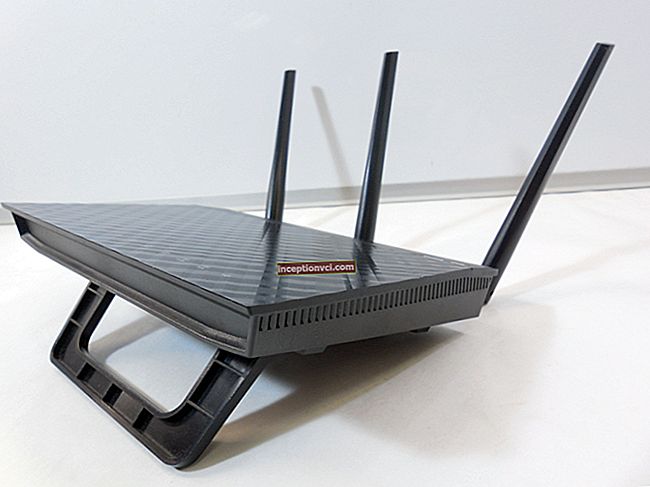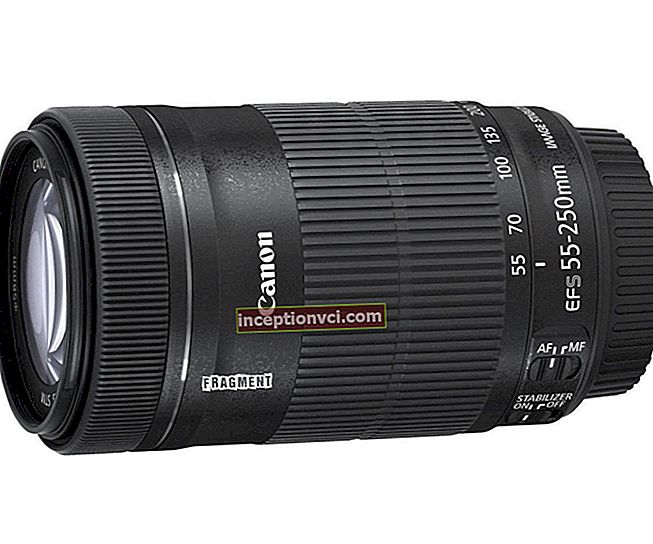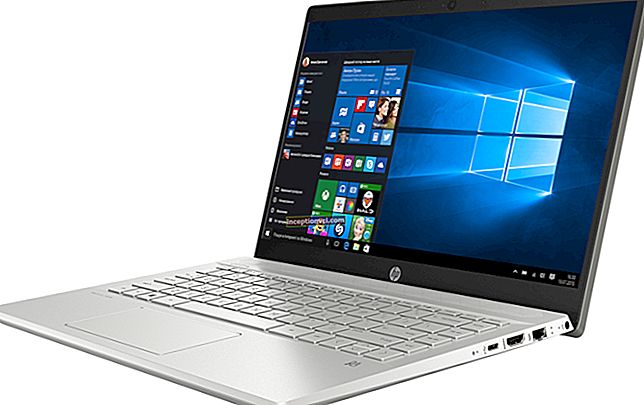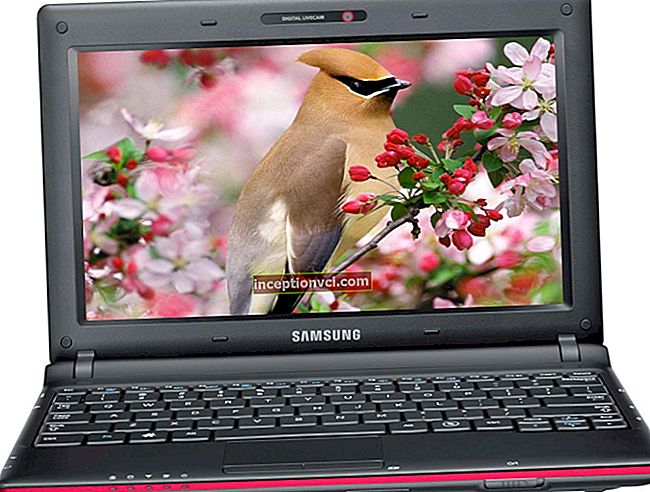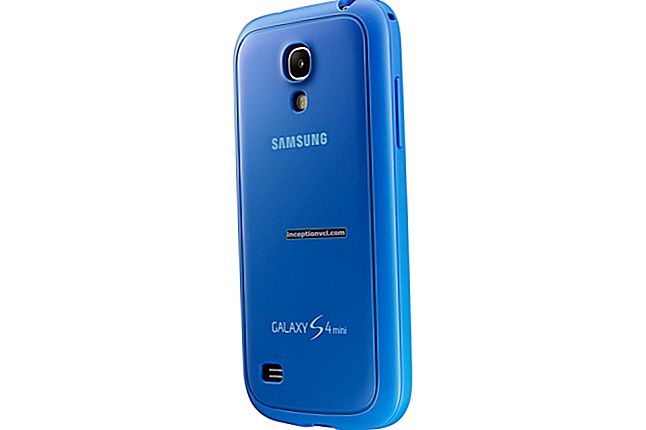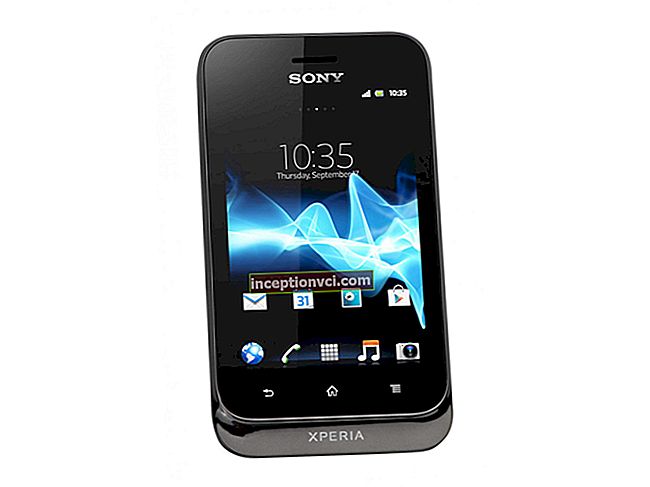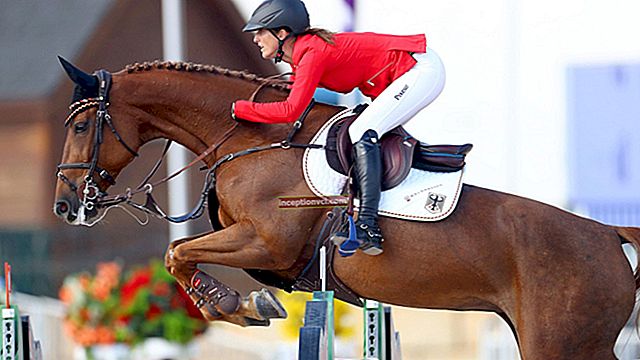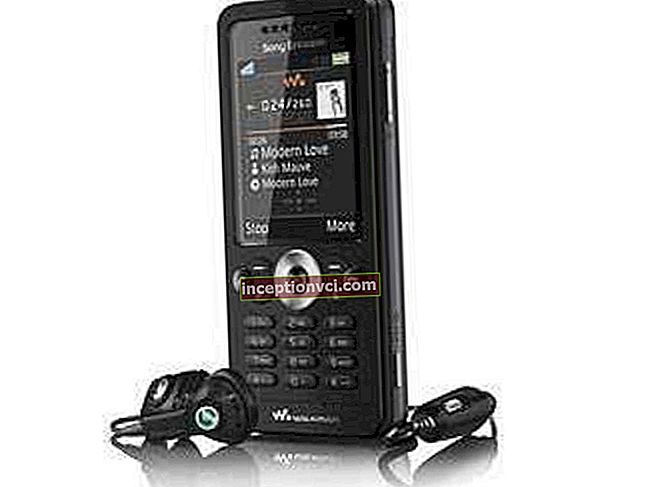Ammunition for pneumatic weapons can be roughly divided into the following classes:
- Bullets (Pellets) - have various shapes and weights, mainly made of lead.
- Balls (BBs) - spherical ammunition, mainly made of steel and have a diameter of 4.4 mm.
- Arrows (Bolts) - arrow-shaped ammunition, made of steel, have a hard plastic plumage.
- Darts (Darts) - arrow-shaped ammunition, made of steel or brass, have a plumage in the form of a brush.
For weapons with a barrel caliber over 4.5 mm, only bullets are used. For air rifles with muzzle energies exceeding 7.5 Joules (magnum class), only 4.5 mm and 5.5 mm bullets are used.
Pellets
There are a great many ammunition such as bullets for rifled pneumatic weapons. They can differ in caliber, manufacturing method, shape, purpose, material, etc. The most common bullets are 4.5 mm (0.177 inches). Compared to 5.5 mm and 6.35 mm bullets, they have a more flat trajectory at any actual firing distance and less velocity drop with distance from the bore. This provides them with higher shooting accuracy and better penetrating action. Of course, bullets of larger calibers have a greater mass. Because of this, their initial flight speed decreases and flatness worsens, but at the same time the wind drift of the bullet also decreases. Due to their increased mass and larger cross-sectional area, these bullets produce a stronger shock effect on the game and are better suited for hunting.
Each pneumatic weapon has its own design features, therefore, to achieve the maximum performance of the weapon - power, bullet speed, accuracy of fire, etc. it is necessary to use bullets recommended by the manufacturer for this particular weapon model. The use of a particular type of ammunition depends, first of all, on the initial flight speed that the weapon gives it. The vast majority of pneumatics operate at subsonic (100 - 300 m / s) or transonic (300 - 380 m / s) speeds. In turn, the initial velocity of the bullet depends on the muzzle energy of the weapon, the step and number of rifling in the barrel, the gas compression system, and also on the mass of the bullet itself.From a rifle of the same type, a light match bullet (weight from 0.32 to 0.39 g) flies out at a speed of about 320 m / s, while a heavy bullet (0.68 g) will not reach a speed higher than 240 m / from. To obtain average values of flight speed, as a rule, a bullet weight within 0.54 g is used with a weapon caliber of 4.5 mm. For sporting rifles that shoot at a distance of 10 m and which give the bullet an initial velocity of 150 to 170 m / s, the most important indicators will be the diameter and correctness of the shape of the bullet. Bullets for these rifles have a flat head that knocks out a clear round hole in the target. From such positions, the shooter is not interested in bullet energy at all. If we are talking about hunting, then for rifles with such a bullet exit speed, the most optimal are sharp-pointed bullets such as "diabolo" - they have a high penetrating ability. For rifles with an initial speed of about 200 m / s, all types of bullets will be suitable. For rifles with an initial velocity of about 240-260 m / s, bullets are suitable, both with a pointed head and a spherical one. And for rifles whose muzzle velocities exceed 300 m / s, bullets with a spherical head, ideal shape, and from a well-known manufacturer are the most suitable. Only with the highest quality bullets will the powerful pneumatics deliver maximum firing results.
In our time, thanks to modern technological solutions and capabilities, the tactical and technical characteristics of pneumatic weapons have increased markedly. For the last thirty years, rifles with a caliber of 4.5 mm with an initial bullet velocity of the order of 220-230 m / s were considered the highest technical achievement. To date, a fairly large number of air rifles are presented on the market, which, with a caliber of 4.5 mm, easily send a bullet at a speed of more than 340 m / s, and with a caliber of 5.5 mm, they reach 300 m / s. As a result, the requirements for the quality of bullets have become much more stringent. In such small-sized products, it is necessary to reproduce the same mass, material homogeneity, correct geometric shape and high-quality surface treatment. Soft bullets made of pure lead are no longer suitable for powerful rifles, since they are deformed even at the stage of exit from the barrel and cannot provide high accuracy and accuracy of fire. Leading ammunition companies are improving manufacturing technologies and are constantly looking for the best bullet shape and the most suitable alloys and materials for it.
According to the manufacturing method, bullets are divided into stamped and cast, although bullets for small calibers are not made by casting. For calibers less than 5.5 mm, this is simply unprofitable - the quality of the bullets in this case is quite low, and the cost and complexity of the equipment is quite high. The quality of bullets for pneumatics should be at a high level, since the slightest deviation of bullets from standards in weight or shape inevitably leads to a decrease in the accuracy of fire, and, consequently, the probability of a miss increases. Therefore, for hunting or target shooting, it is preferable to use the highest quality bullets from well-known weapon manufacturers. Until recently, pneumatic bullets were made exclusively from lead or lead-based alloys. Today, you can often find bullets made entirely of polymer materials or combined - of plastic and lead. These are, for example, the bullets of the Spanish company "Gamo Raptor". The use of polymer materials made it possible to increase the power and speed of the bullet by 25%. Combined bullets made of lead and steel are also produced. These are, for example, the bullets of the Spanish ammunition manufacturer "Gamo Rocket". They are unique in their way - a steel ball is pressed into the head of a lead bullet, which greatly enhances its penetrating ability. According to their shape, bullets are divided into cylindrical bullets - "cap" or "cup", round (spherical) bullets and bullets of the "Diabolo" type.Bullets of the latter type are the most common and popular due to their shape.
Bullets of the "cap" or "cup" type.
The name of this type of bullet speaks for itself. Most often they have a rounded top, but they can also meet with a pointed top. They are made in closed dies by stamping, so they are quite cheap and simple to manufacture. State-of-the-art high-speed automatic cap bullet making machines provide up to 25 stamping cycles per second. Therefore, they became so widespread during the years of the USSR. As bullets for novice shooters or as bullets for shooting at a shooting range, they have not lost their relevance today. The quality of manufacture of modern cap bullets has improved significantly, and in terms of accuracy at short distances they are already approaching more expensive and high-quality diabolo bullets.
Bullets of the "diabolo" type.
Among the many different types of bullets, special mention should be made of the “diabolo” type bullets, which have the best combination of damaging and ballistic characteristics. In shape, such a bullet looks like two truncated cones aligned with truncated vertices. Thanks to this shape, the area of contact of the bullet with the walls of the barrel bore was minimized. This means to minimize both the friction force acting on the bullet and the energy loss at the stage of the bullet passing along the barrel. In the head part, the diabolo bullet can have from 1 to 3 leading belts or be smooth, the tail part is a tapered, hollow skirt with an outer diameter slightly larger than the caliber of the weapon. The perfect balance of the mass of the tail and head of the bullet provides excellent stability of the bullet in flight. Thanks to the successful conical shape, the tail section of the bullet under pressure of compressed air expands and locks the barrel bore, thereby reducing air breakthrough. Diabolo bullets are made with a flat, hemispherical or conical head. There are also diabolo bullets with a complex head part - they are called "expansive". For shooting at paper targets, bullets with a flat head are usually used. In this case, the bullet hole is very accurate, but the shooting distance should not exceed 10 m. For hunting, bullets with a pointed, conical head are usually used. The distance they fly is quite large, and the force of their damaging effect is maintained quite well. To increase the stopping effect, expansive bullets are used, in which the complex shape of the head part or in the head part has a special recess. The most versatile are bullets with a spherical head.
The mass of a standard 4.5 mm bullet ranges from 0.28 to 0.70 g. Lighter bullets are faster, but lose energy faster. In addition, light bullets often deform in the barrel, breaking off the rifling, and miss the target. Therefore, for air rifles of the magnum class, such as Hatsan mod 125 TH, Hatsan Torpedo 150, Gamo Hunter 1250, the most optimal would be the use of heavy bullets. These are, for example, bullets "Gamo TS-10" or "Haendler & Natermann Baracuda Power".
The production process of “diabolo” bullets is technologically quite complicated and consists of several stages of stamping in closed dies. At the first stage of production, a cylinder is stamped from sheet lead, then a cup is formed from it, and the final part of production is rolling or stamping in split dies. Bullets stamped in this way are of high quality, uniformity of material, shape and weight. This was achieved due to the fact that their shape depends on the configuration of the stamp, the quality of its manufacture and the uniformity of the blanks by weight. The downside of such stamps is their high cost and complexity. This is due to the presence of split dies, work under high pressure and increased requirements for the quality of manufacturing of the dies themselves.A distinctive feature of stamped bullets from rolled bullets is the absence of notches (marks) on the side surface. When making bullets by stamping, a high production speed cannot be achieved, therefore, productivity decreases, which means that the cost of production increases. As a rule, forged bullets are produced on expensive rotary lines with many sequential operations. Therefore, the price of stamped bullets is several times higher than that of rolled bullets.
Diabolo bullets, in turn, are distinguished according to the shape of the head.
Bullets "Diabolo" with a spherical head (Round).
In English-speaking countries, they are designated as "Round", but unlike ball-shaped bullets, they have an additional marking "Diabolo". These are the most versatile bullets with the lowest aerodynamic drag. They are best suited for long range sighting and hunting. Ballhead bullets are Crosman Premier, Gamo Pro Hunter and RWS Super Field.
Bullets "Diabolo" with a flat head (Match, Wadcutter).
These bullets are for competition use. Made in this way, they leave a very neat hole on the paper target, which is very important when scoring. It is worth noting that at a distance of about 10 m, such bullets have the greatest destructive power. However, they also have the highest aerodynamic resistance, therefore they are intended for sports shooting at a distance of 10-20 m and are poorly suited for shooting at long distances. They lose speed much faster than bullets with a spherical or conical head, and their flight path is completely different. The undoubted advantage of a flat bullet head is the high accuracy of fire, especially from weapons, the barrel of which has a steep groove. The small pitch of the rifling gives the bullet a high speed of axial rotation, so such bullets in flight resemble a top and have good accuracy. Excellent match bullets are Crosman Competition, Crosman Wadcutter, Crosman Premier Super Match, Gamo Pro Match and Umarex Match Pro Competition Line.
Diabolo bullets with conical head (Point).
Such bullets have the best penetrating power, therefore they are often used for hunting. They have medium aerodynamic resistance. The popular belief that tapered bullets are better than spherical bullets is erroneous. The point of the bullet can be located off-center, so it will not hit the target, with a tangential impact, it can slip to the side, the holes in the paper target are less visible, and, finally, their shock effect is lower. The bullets Crosman Hunting, Crosman Premier Super Point, Gamo Expander, Haendler & Natermann Neue Spitz have a tapered head.
Expansive bullets such as "Diabolo" (Hollow Point, Hunter).
Such bullets have a complex-shaped head or a special recess in the head. They have a strong stopping effect and turn around when they hit the target. Due to this, they are considered the most suitable for hunting. These are bullets like Haendler & Natermann Baracuda Hunter or Crosman Premier Hollow Point.
The magnum-class bullets, designed for firing from long-barreled pistols or rifles, stand apart. They are heavier than the rest and are designed specifically for hunting. They can be of any type described in the shape of the head. To clarify the shape of the bullet, there is additional marking on the package. This class includes the Gamo Magnum, Gamo Pro Magnum and Haendler & Natermann Crow Magnum bullets.
Round bullets (Round)
These bullets should not be confused with BBs - they are made of lead and have a spherical shape. Round bullets, thanks to the grooves, twist well and stabilize during flight. This improves the accuracy of fire of such ammunition 5 times compared to balls. Round bullets have high penetrating power and are successfully used in hunting. Excellent spherical bullets are produced by the Spanish company Industrias El Gamo under the brand name Gamo Round.
Balls (BBs)
Such balls are spherical ammunition, which are made of steel and weigh 0.35 g. They are designed for firing from pneumatic weapons with a caliber of 4.5 mm. Many shooters and manufacturers call them "BB", and the Russian-speaking population calls them "babes".They got this name according to the classification of the shot used when shooting with a hunting smooth-bore firearm. According to English or American standards, 0.17 "(0.432 mm) shot is index" B ", respectively, shot with a diameter of 0.18" (4.572 mm) is "BB", and shot with a diameter of 0.19 "(0.483) - index "BBB". The caliber of the most common airguns is 4.5 mm (0.177 inches), so the 4.5 mm spherical lead bullets are also referred to as "BB". Virtually all 4.5mm lead bullets have a slightly larger diameter, from 4.55mm to 4.65mm. The slight increase in diameter is due to the fact that the soft lead bullet of the increased diameter locks the barrel of the weapon more tightly, which minimizes the breakthrough of compressed air. Steel balls began to be used much later and, in fact, were already sub-caliber ammunition - approximately 4.4 mm. The high hardness of steel does not allow the use of balls with a diameter of 4.5 mm in rifled weapons with a caliber of 4.5 mm - they will quickly render the barrel unusable. To reduce the negative impact of steel on the barrel, the balls are coated with various compounds. By the way, the USA produces steel shot with the index "BB". This shot has a diameter of 0.18 ", which means it cannot replace" BB "balls for pneumatics, but is a separate type of ammunition. The reason for the widespread use of steel balls was the simplicity of designing magazines for small arms and the ability to fix them from falling out with a magnet. The balls can be coated or uncoated. Basically, the balls are coated with copper, zinc or nickel compounds. Excellent nickel-plated balls are produced by the largest European arms concern "Umarex". These are Umarex Quality BBs and Umarex Steel BBs. Uncoated balls often rust, galvanized balls can peel off the coating and they can rust too. In the manufacture of barrels for pneumatic weapons, they are not chrome plated, therefore rust and zinc oxidation products contaminate and have an abrasive effect on the barrel, contributing to its corrosion and reducing the already low accuracy of the shot. The best option is to cover the balls with copper. This metal performs its functions quite well - it does not oxidize, does not flake off and minimizes the negative impact of the ball on the barrel of an air gun. Some of the best representatives of this type of balls are copper-plated balls from the American ammunition manufacturer Crosman Copperhead BBs and Crosman Remington BBs.
As already mentioned, the diameter of the balls for pneumatic weapons with a caliber of 4.5 mm is 4.4 mm. This is so that the balls can pass through the rifled barrel. Some unscrupulous ammunition sellers, in pursuit of a quick profit, recommend balls for all types of airguns. They like to say that in the barrel the balls move along the so-called "gas cushion", almost without touching the barrel and, accordingly, without causing any harm to it. However, the gaseous medium between the ball and the barrel grooves does not allow the ball to move away from the groove edge. As a result, the ball moves along the barrel with certain vibrations and thus breaks the rifling. At the same time, the accuracy of fire is catastrophically reduced, and air breakthroughs and some turbulence in the barrel reduce it even more. Therefore, it is not recommended to shoot balls from a rifled weapon. And if steel barrels can withstand such mockery for some time, then brass barrels will become unusable in just a few hundred shots. That is, even if the instructions for a weapon with a rifled barrel indicate the possibility of firing both bullets and balls, you should not load it with steel balls. Whether they are either copper-plated or gold-plated.Another huge disadvantage of steel balls is their tendency to ricochet. Due to the high hardness of steel, the energy after the rebound is practically not extinguished, and the ball flies off the obstacle with the same force with which it hit it. And lead ammunition, when it hits an obstacle made of solid materials (steel, concrete, etc.), deforms and loses its flight energy. Steel balls are incredibly hard and do not undergo significant deformation when hitting an obstacle, therefore they are the best ammunition for piercing targets such as cans or bottles. Actually, this is all that is required of them. Of course, smooth-bore pistols can also be loaded with lead bullets, but when fired, they start tumbling and hit the target with a random side or fly past it altogether.
Bolts and Darts
They are needle-shaped and are sub-caliber ammunition. In terms of design features and basic characteristics, they practically do not differ from each other. Differences are only in the material of manufacture and the shape of the tail section. Usually arrows are made with a stabilizer made of hard plastic, and darts are made with a tail, which looks like a brush of bristles or stiff threads. Arrows and darts are intended for recreational shooting. They are somewhat more expensive than ordinary bullets or balls, but they can be used many times - up to 50-70 times. Their main disadvantage is that arrows and darts wear out the barrel of a weapon faster. The fact is that plumage made of plastic, and even more so from bristles or threads, is capable of collecting various dust, debris and even grains of sand. Moving in the bore, the contaminated arrows have an abrasive effect on its walls, erase the grooves and create a funnel-type expansion on its cut.
When choosing bullets for pneumatic weapons, the following rules should be followed:
- For pneumatics "magnum" class it is necessary to choose heavy bullets of the "diabolo" type.
- In the absence of sufficient experience, it is necessary to take several types of different bullets, shoot 40-50 shots each and compare the results obtained. Of course, shooting should be done under equal conditions. Thus, an inexperienced shooter will be able to choose the type of bullets most suitable for his weapon. The Hunting Set 6 probe from the German company Haendler & Naterman Sport GmbH will provide an excellent opportunity to test different types of bullets.
- Bullets from the same batch must not have a mass spread exceeding 0.001 g.
- Bullet packaging must be free of metal shavings and sawdust or traces of oil.
- Bullets must be free of oxidation and of a normal "lead" color.
- On high quality bullets, the technological seam should not be visible.
- Bullets must not be deformed and the skirt of the bullet must have a straight and clear border.
- You shouldn't buy bullets made of unknown metal or from an unknown manufacturer. This rule will save money and save the barrel of an air gun.
- Do not use arrows or darts when firing a rifled weapon. It is better to leave such entertainment for the pneumatics from the shooting range - nothing is scary for it.
- Whatever bullets are used when shooting, do not forget about timely cleaning of the barrel of the weapon.
In conclusion, it should be added that the best choice of bullets for a rifle or pistol is achieved by trial and error. It is not always possible to immediately select the most optimal ammunition for a specific model of pneumatic weapon. Also, do not blame all the blunders on the low quality of weapons or bullets - you need to practice as much as possible, and then shooting will give you a truly unforgettable pleasure!
